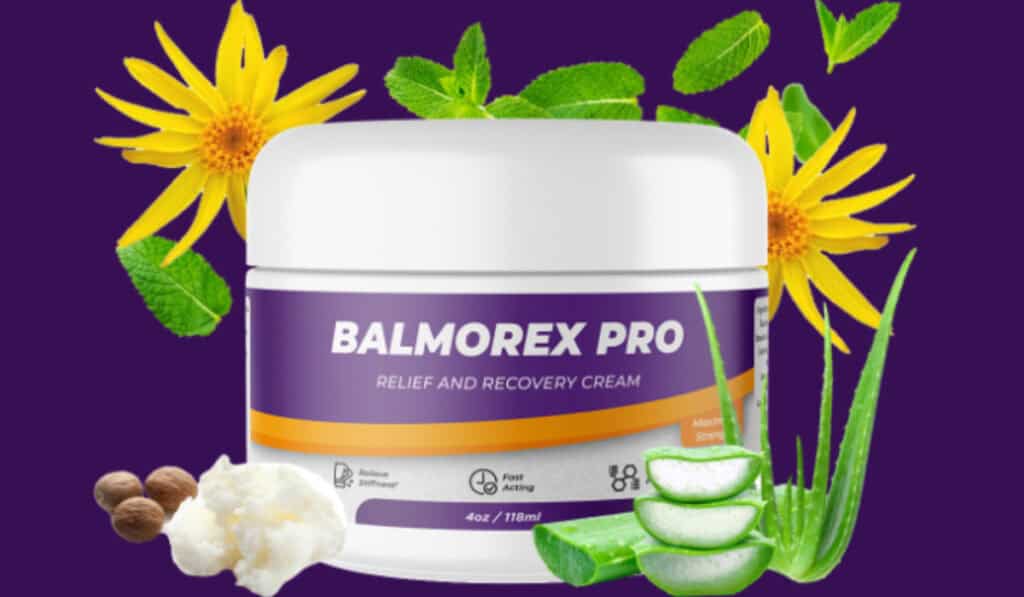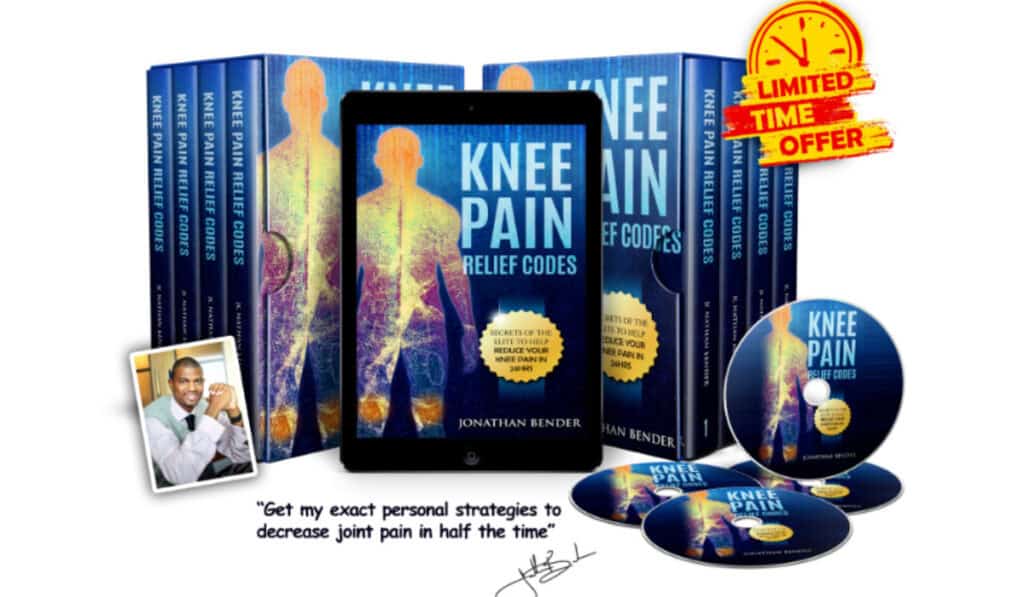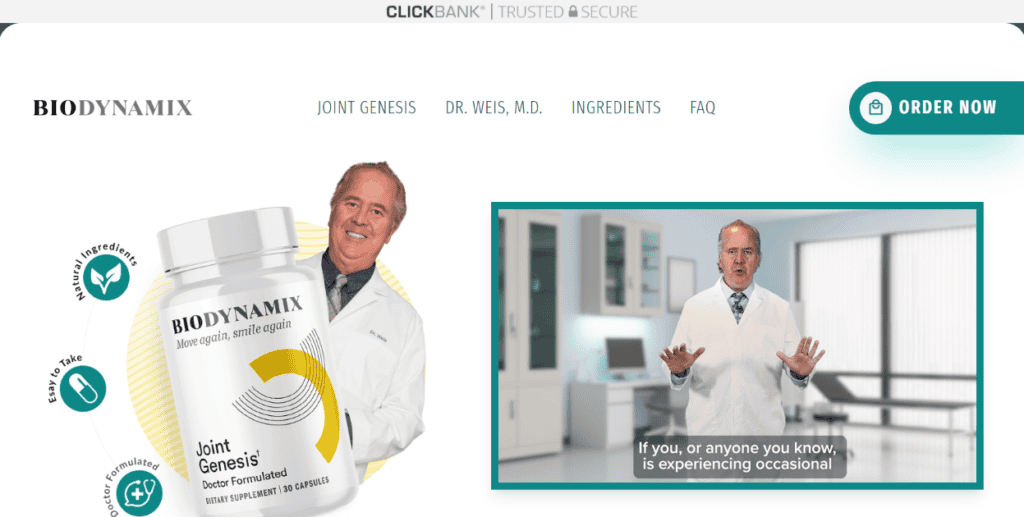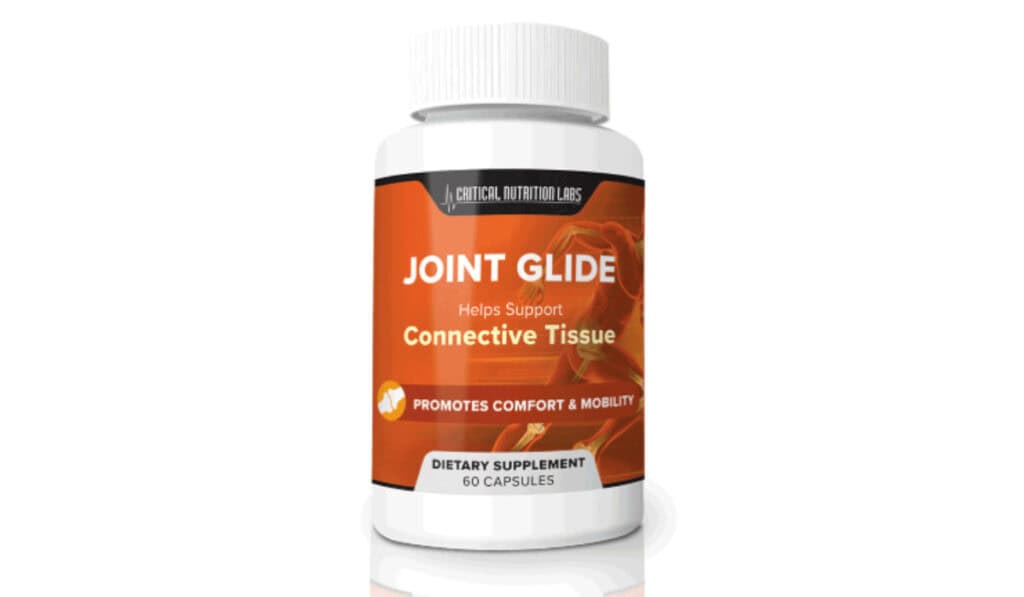A Comprehensive Guide
Joint health is pivotal for maintaining an active and pain-free lifestyle. Through the strategic use of physical therapy and exercise, individuals can significantly reduce joint inflammation, enhancing mobility and comfort. This comprehensive guide delves into the multifaceted role of physical therapy and tailored exercise regimens in managing joint health, offering insights into advanced therapeutic techniques, the importance of lifestyle modifications, and the long-term benefits of incorporating physical activity into daily routines.
Understanding the Foundations of Joint Health
At the core of joint health lies the balance between activity and rest, personalized treatment plans, and lifestyle modifications. Recognizing the individual nature of joint health is crucial for developing effective management strategies that cater to specific needs and conditions, ensuring a foundation for lasting joint function and pain mitigation.
The Importance of Joint Health in Daily Life
Joint health is essential for performing everyday activities effortlessly and painlessly. Personalized treatment plans and lifestyle modifications play significant roles in maintaining optimal joint function, enabling individuals to enjoy a higher quality of life without being limited by discomfort or mobility issues.
How Joint Inflammation Affects Mobility and Comfort
Inflammation in the joints can severely impact daily activities, making simple tasks challenging and painful. This discomfort can hinder one’s ability to stay active, leading to a cycle of decreased mobility and increased joint stiffness and pain.
Role of Physical Therapy in Maintaining Healthy Joints
Physical therapy plays a crucial role in maintaining joint health by addressing pain, improving flexibility, and strengthening the muscles around the joints. Through personalized exercises and therapies, physical therapists help individuals manage their symptoms and maintain an active lifestyle.
Strategies for Managing Joint Pain Through Exercise
Integrating exercise into daily routines is vital for managing arthritis symptoms and preventing further joint damage. Activities such as walking, flexibility exercises, and strength training can improve joint flexibility, enhance immune system function, and support activities of daily living. The Arthritis Foundation emphasizes the importance of tailored exercise programs, including range-of-motion exercises and soft tissue mobilization techniques, to optimize joint health and minimize pain.
Tailored Exercise Programs for Enhancing Joint Function
Designing a tailored exercise program that focuses on enhancing joint function can lead to significant improvements in mobility and pain reduction. These programs often include a combination of flexibility, strength, and aerobic exercises, personalized to meet the unique needs of individuals with arthritis.
Structured Exercise Programs vs. Recreational Activities
While structured exercise programs are meticulously designed to target specific issues, recreational activities also play a vital role in improving joint health. Resistance training, for example, can be incorporated into both types of activities, offering benefits such as increased muscle strength and joint stability.
Importance of Flexibility, Strength, and Balance Exercises
Flexibility, strength, and balance exercises, including resistance training and range-of-motion exercises, are crucial for maintaining joint health. These exercises help in managing body weight, reducing the risk of joint damage, and enhancing overall mobility.
Integrating Physical Activity into Everyday Routines for Long-Term Benefits
For improved joint function, integrating physical activity into daily routines is essential. Regular movement not only helps in maintaining flexibility and strength but also contributes to long-term joint health and reduces the risk of chronic conditions associated with inactivity.
Practical Tips for Seamless Incorporation of Exercise
To seamlessly incorporate exercise into your life, start by integrating simple activities of daily living that enhance joint flexibility. Individuals with arthritis should focus on low-impact exercises and gradually increase intensity to prevent joint involvement. Understanding the importance of physical activity is the first step towards a healthier lifestyle.
Advanced Physical Therapy Techniques for Joint Care
Advanced physical therapy techniques, including manual therapy and exercise interventions, can significantly enhance blood flow to the affected areas, promoting healing and reducing inflammation. These techniques are essential for managing joint health and preventing future damage.
Manual and Exercise Therapy: Core Techniques in Pain Management
Manual therapy and exercise therapy stand as core techniques in managing joint pain, improving joint health, and enhancing aerobic capacity. These approaches are tailored to individual needs, focusing on reducing pain and inflammation while improving mobility and function.
Innovative Approaches: Red Light and Class IV Laser Therapy
Innovative approaches such as red light and Class IV laser therapy improve blood flow, reduce inflammation, and enhance the therapy’s effectiveness in managing joint pain. These techniques contribute to an improved quality of life by reducing inflammation and promoting healing.
Body Mechanics Education for Preventing Future Joint Damage
Educating individuals on proper body mechanics is vital for preventing future joint damage and maintaining joint health. Understanding how to move correctly can reduce the risk of injury and ensure that activities are performed in a manner that supports joint function and health.
The Role of Assistive Devices and Orthotics
Assistive devices and orthotics play a crucial role in reducing joint stress and preventing further joint damage in individuals with arthritis. By supporting the knee and hip joints during daily activities, these tools can significantly enhance mobility and comfort in daily life. Whether you’re navigating through your home or engaging in outdoor activities, the right assistive devices can make a world of difference.
Enhancing Mobility and Reducing Pain Through Supportive Tools
Investing in supportive tools like braces, canes, or orthotic inserts can lead to significant improvements in mobility and a reduction in pain. These devices are designed to distribute weight evenly, minimizing stress on vulnerable joints. For many individuals, this can mean the difference between enduring daily discomfort and moving through their day with ease.
Lifestyle Modifications and Joint Protection Strategies
Lifestyle modifications, including maintaining a healthy weight and adopting joint protection strategies, are key to managing arthritis symptoms and ensuring long-term joint health. Occupational therapy can offer personalized advice on reducing stress on joints during daily activities, ultimately reducing pain and enhancing quality of life.
Physical Therapy’s Holistic Approach to Arthritis and Joint Pain
Physical therapy offers a holistic approach to managing arthritis, focusing on improving joint health, aerobic capacity, and reducing joint pain and stiffness. According to the Centers for Disease Control and Prevention, tailored physical therapy programs can significantly improve mobility and reduce the need for surgical interventions.
Combining Physical Therapy with Non-Surgical Treatments
Combining physical therapy with non-surgical treatments, such as pain management techniques, provides a comprehensive approach to managing joint pain. This multi-faceted strategy can enhance the effectiveness of treatment plans and offer relief without the need for invasive procedures.
The Psychological Aspect of Managing Chronic Joint Pain
Understanding the psychological impact of chronic pain is vital in managing joint health. Addressing the emotional and mental challenges that accompany long-term pain is as important as treating the physical symptoms, forming a complete approach to wellness.
The Importance of Nutrition in Supporting Joint Health
Maintaining joint health requires a holistic approach, including proper nutrition. A balanced diet rich in anti-inflammatory foods can support joint health and potentially reduce the severity of symptoms.
The Role of Health Professionals in Encouraging Active Lifestyles
Health professionals play a pivotal role in encouraging patients to embrace active lifestyles for maintaining joint health. By promoting physical activity, they can help mitigate the risks associated with sedentary habits, enhancing overall well-being.
The Physician’s Role in Advocating for Physical Activity
Physicians can advocate for physical activity by highlighting its benefits, such as improving mood and decreasing the risks of chronic diseases. Encouraging patients to engage in simple activities like walking or raking leaves can prevent reduced range of motion and foster a more active lifestyle.
Physical Therapists as Guides for Exercise Supervision and Training
Physical therapists are invaluable guides, offering supervision and training that ensure exercises are performed correctly, maximizing benefits while minimizing risks. Their expertise can help individuals integrate effective exercises into daily tasks, promoting joint motion and energy conservation.
Overcoming Barriers to Physical Therapy and Exercise
Addressing barriers to physical therapy and exercise is essential for accessible care. Manual therapy techniques can be adapted to meet the needs of diverse populations, ensuring that more individuals can benefit from physical therapy interventions.
Cultural and Geographical Considerations in Accessing Care
Cultural and geographical factors can significantly influence access to physical therapy and exercise programs. Understanding and addressing these barriers is crucial for ensuring that all individuals have the opportunity to benefit from these health-promoting services.
Technology’s Impact on Enhancing Physical Therapy Practices
Technology has transformed the role of physical therapy, especially for older adults. With the advent of telehealth and virtual exercise programs, physical therapy is more accessible, allowing for continued care and support regardless of physical location.
Patient Empowerment and Education
Empowering patients through education about treatment options is a cornerstone of effective care. Informed patients are better equipped to make decisions about their health, leading to improved outcomes and satisfaction.
Success Stories: Inspiring Patient Experiences
Sharing success stories of individuals who have overcome joint pain through physical therapy and exercise can inspire others to pursue these effective treatments. These narratives highlight the potential for improved quality of life, motivating patients to embrace active and healthy lifestyles.
Empowering Patients Through Knowledge: Local Workshops and Resources
Knowledge is a powerful tool in managing joint inflammation. The Arthritis Foundation offers a wealth of resources, including workshops and educational materials, aimed at empowering you with the information needed to understand your condition better and manage it effectively. By participating in these local workshops, you gain access to the latest strategies for joint care, pain management, and lifestyle adjustments that can significantly improve your quality of life.
Looking Ahead: The Future of Physical Therapy in Joint Care
The future of physical therapy in joint care is promising, with an emphasis on long-term adherence to personalized care plans. Innovations in technology and therapy methods are expected to enhance patient outcomes, making it easier for individuals to maintain the gains achieved through physical therapy and extend the benefits over their lifetime.
Emerging Trends in Physical Therapy for Joint Inflammation
Regular physical therapy is evolving with a focus on reducing joint inflammation and stiffness, particularly in arthritic joints. New trends include the integration of evidence-based practices that promote the restoration of mobility and the alleviation of pain, demonstrating the critical role of specialized exercises in managing joint inflammation effectively.
The Evolving Role of Physical Therapy in Long-Term Joint Health
As our understanding of joint health advances, so does the role of physical therapy. It’s becoming increasingly clear that a proactive and preventative approach, incorporating regular assessments and tailored exercises, is key to maintaining joint health over the long term. This evolution underscores the importance of physical therapy not just as a treatment for existing conditions but as a cornerstone of ongoing joint care.
Unleashing the Potential of Physical Therapy and Exercise
Physical therapy and exercise possess untapped potential in the realm of joint care. By embracing these practices, individuals can significantly enhance their joint health, mobility, and overall quality of life. This approach is fundamental in preventing the progression of joint issues and in fostering a more active and fulfilling lifestyle despite chronic conditions.
Individuals with Arthritis: Embracing Active Living for Joint Health
For individuals with arthritis, embracing active living is pivotal in managing arthritis symptoms effectively. Incorporating joint protection strategies, maintaining a healthy weight to reduce stress on joints, and using resistance bands to increase muscle strength can all play a vital role in mitigating the effects of inflammatory arthritis and reducing mobility limitations. These practices underscore the importance of a comprehensive approach to managing arthritis, focusing on both physical activity and protective measures.
Long-Term Benefits of Consistent Physical Therapy and Exercise Programs
The benefits of physical therapy and regular exercise extend far beyond immediate pain relief. Over time, these practices can lead to improved joint function, increased strength and flexibility, and a reduced risk of future joint damage. Consistency is key, as sustained engagement with therapy and exercise programs is crucial for realizing these long-term benefits.
Taking the First Step Towards Reducing Joint Inflammation
Taking the first step towards managing joint inflammation involves adopting effective joint protection strategies. These strategies are designed to minimize stress on your joints during daily activities, thereby reducing pain and preventing further damage. It’s a crucial part of the journey towards better joint health and a more active lifestyle.
How to Get Started with Physical Therapy and Exercise
Getting started with physical therapy and exercise for joint health begins with consulting a healthcare provider to develop a personalized plan. This plan should take into account your current level of fitness, specific joint concerns, and overall health goals to ensure that you embark on a safe and effective path to reducing joint inflammation and improving mobility.
Setting Realistic Goals and Expectations for Joint Pain Management
When managing chronic pain, setting realistic goals and expectations is essential. Understanding that improvement takes time and consistency helps in mentally preparing for the journey ahead. Goals should focus on gradual progress, such as increasing mobility, reducing pain levels, and enhancing overall quality of life, rather than seeking immediate cures.
Sustaining Progress: A Lifelong Commitment to Joint Health
Maintaining joint health is a lifelong commitment that requires sustained effort and dedication. Regular physical activity, mindful of daily tasks and energy conservation, plays a crucial role in this ongoing process. Staying motivated and adhering to recommended exercise programs and joint care practices are essential for long-term success.
Keeping Exercise Programs Going: Strategies for Motivation and Adherence
Keeping up with exercise programs for joint health involves incorporating them into your daily routine in a way that feels natural and manageable. Setting small, achievable goals, tracking progress, and celebrating milestones can help maintain motivation. Additionally, finding activities that you enjoy ensures that exercise remains a pleasurable part of your day, rather than a chore, fostering long-term adherence.
The Role of Regular Check-Ins with Healthcare Providers
Regular check-ins with healthcare providers play a critical role in sustaining progress in joint health. These appointments are an opportunity to assess the effectiveness of your exercise program, make adjustments as needed, and address any concerns. This ongoing dialogue ensures that your approach to joint care remains aligned with your evolving health needs.
Conclusion: Empowering Your Journey to Reduced Joint Inflammation
The journey to reduced joint inflammation is a comprehensive one, involving physical therapy, exercise, and a holistic approach to health. Strengthening muscles around the joints not only alleviates pain but also supports optimal joint function. As you navigate this path, remember that each step forward is a move towards a more active, fulfilling life free from the constraints of joint pain.
The Path Forward: Navigating Challenges and Celebrating Successes in Joint Care
The journey to managing joint inflammation is filled with both obstacles and victories. Understanding that the road to improved joint health is not linear, you’ll face days where your progress feels slow or stagnant. Yet, it’s crucial to celebrate every success, no matter how small it may seem. Whether it’s noticing reduced pain during a morning walk, or successfully incorporating new exercises into your routine, each achievement is a step forward. Embracing the challenges as learning opportunities helps in developing resilience and a more profound appreciation for your body’s capabilities. Encouragement from healthcare providers, support from loved ones, and personal commitment are key components in navigating this path. Remember, every step you take towards reducing joint inflammation is a victory in its own right, contributing to a healthier, more active life.







